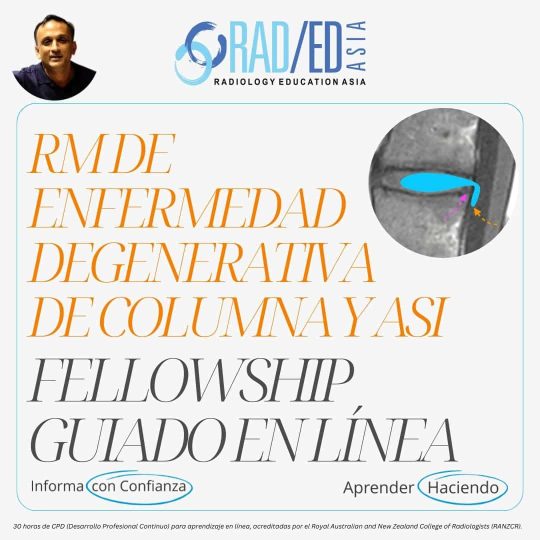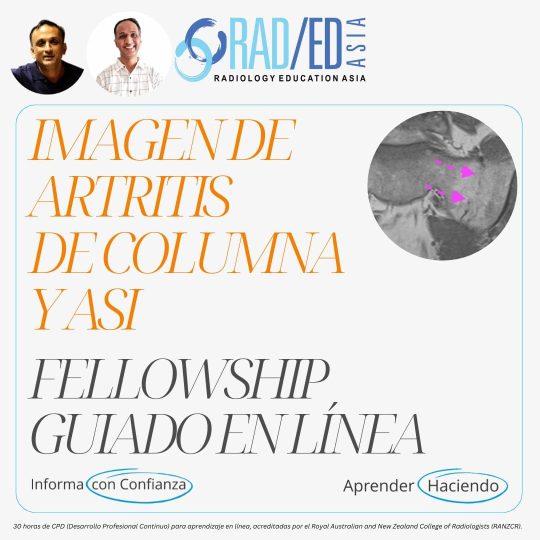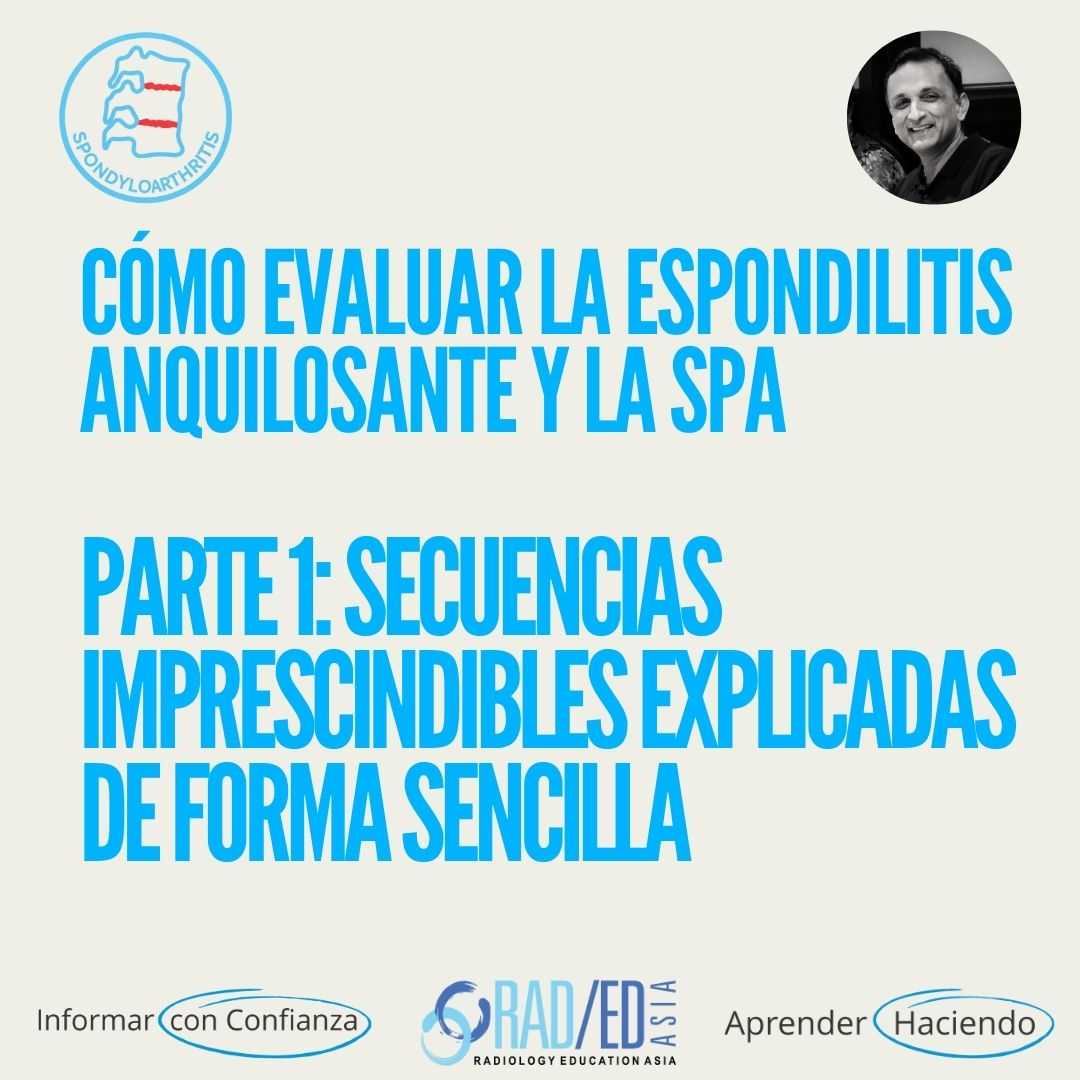
MRI SPINAL CORD COMPRESSION : WHEN TO GIVE CONTRAST (UPDATED 2021)
MRI SPINAL CORD COMPRESSION. MRI LEPTOMENINGEAL DISEASE ENHANCEMENT
When you get a referral for a patient with KNOWN carcinoma for ” MRI? cord compression”, when do you give contrast?
There is a wide variation in when contrast is given for patients who come in with known malignancy and neurological symptoms. Often, contrast is not given when it is required.
Take a fairly common request. “Patient has breast cancer. New lower limb neurology? Spinal cord compression”
The usual routine would be to do a Sagittal T1 and T2 of the region of concern and
- If no abnormality is seen, often that would be the end of the scan with no contrast given.
- If there is cord compression say from a pathological fracture or visible epidural tumor, the patient would get contrast.
If you see a cause for the patient’s symptoms such as a pathological fracture compressing the cord the most important thing to then do is a screening T2 scan of the entire spine, as there may be multiple sites of compression that also require treatment.
Contrast can then be given to completely exclude leptomeningeal lesions.
If however on the non contrast scan you do not see an obvious cause, this when you DO need to give contrast. Why? Because you have a person with known malignancy with no extrinsic compression, and you must now rule out leptomeningeal metastases, which you may not see on the non contrast scans.
- In someone with know malignancy, if you don't see an obvious cause for symptoms on the non contrast scans, make sure you give contrast to exclude leptomeningeal metastases.
- If you see cord compression, concentrate on the area of compression BUT make sure there is a screening scan of the whole spine done, as there may be multiple areas of compression that require treatment.
- Always do a screening T2 sagittal scan of the remainder of the spine to ensure there is no other site of compression.
Learn more about this condition & how best to report it in more detail in our SPINE & SIJ Imaging Mini Fellowships.
Click on the image below for more information.
- Join our WhatsApp RadEdAsia community for regular educational posts at this link: https://bit.ly/radedasiacommunity
- Get our weekly email with all our educational posts: https://bit.ly/whathappendthisweek















